Theyyam – A traditional performing art form of Malabar linked with coloured myths and folklore
Theyyam is an integral part of Malabar’s traditions and customs, mostly related to temple festivals during March-April. When Theyyam fills the whole atmosphere with their Kaliyattom, they bind with some strictly followed traditions, apart from myths and stories being communicated from one generation to the next, and it’s not easy to identify, what’s myth and what’s reality. Theyyam is performed in north Kerala, mostly concentrated to the vast areas from South Canara to Kozhikode (Thulunad to Kozhikode), locally called Thattakam of Theyyam.
Theyyam is a traditionally followed art form, divine in nature, and is deeply rooted in Hindu mythology. It’s a part of century-old traditions followed by many Hindu families of Malabar, and carried over to the next generation. They are deeply linked with beliefs, customs and traditions, which form an integral part of cultural Kerala. Through this column, I shall take you for a mystic path filled with mystic stories, mist and colours, and give you a close watch of traditions followed by this art form, and show you how it’s linked to people’s beliefs who are called Malayalis or Keralities.
Theyyam includes some forms of tribal worship, their vibrant colours and costumes, paintings. In short, Theyyam is a form of religious worship of Malabar regions. In Mangalore regions, there is one similar art form called Bhuta Kola, and Theyyam is believed to have roots in this traditional form. Click here to read the interesting facts of Bhuta Kola in detail.
Theyyams are in countless forms and given different names
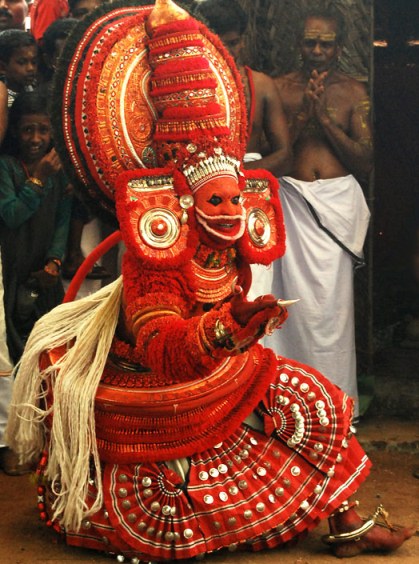
Bali Theyyam from Payyannur of Kannur District
If you closely watch the theyyam figures, they are of different forms, following different stories and styles. Customs and rituals linked with them and also costumes have slight variations from one another. The theyyams with vibrant colours and rhythms include Guru, Karanavar, Thondachan, martyrs, warriors, geniuses, victims of murders, snake, animal, mother god, Vishnu and his childhood forms, fierce and peaceful faces, and many more. There are also a few forms of theyyam meant for integrity and religious harmony. As per researches, in Thulunad and Eastern regions of Kerala, there are more than 400 Theyyam figures available.
In Thulunad regions, Theyyam is known by the names – Bhootam, Deyyo and Nemam. In Kolathunad, it’s called Theyyam and in Zamorin’s regions, Theyyam assigns the name, Thira. You can also observe slight variations in the traditions followed by these variants of Theyyam, also known as Kaliyattom.
Patt and Vala (Silk dress and bangles)
There is one reason why Theyyam artists are recognized by giving silk and bangles soon after this art form is performed. Years back, in Karivelloor, near Payyannur, there was one Pandit named Manakkaadan Gurukkal, who was proficient in magic and traditional Ayurveda treatment methods. Kolathiri – the ruler happened to hear about this, and to test his talents, invited him to his court. He also tested Gurukkal through many methods to know about his proficiency in magic and medicine, and finally gave in.
Gurukkal performed the divine and lively Theyyam in full costumes in front of Kolathiri, and the ruler got impressed by his magical talent and performance. So Kolathiri presented him silk dress and bangles (Pattum Valayum), and also assigned the designation of Royal Goddess (Kula Paradevatha in local terms) of his kingdom. For that he reserved a Chitrapeedam also for the goddess. From then onwards, the tradition of giving silk and bangles to the best performers started off. Theyyam performers who carry Kolam are also called Koladhari in local terms.
Pakarnnaattam
The people who perform for the eve take vritha for a few days before the eve. Then he sings Thottampaattu and wears the Kolam of a particular Moorty (deity/demigod), and later blesses the spectators as that particular Moorty. The rhythms of dance steps are provided with Chenda, the performers perform with rigour footsteps. Performers also put their feet in rhythm to dance and listen to the sorrows of the devotees, and bless them. Devotees assume them to be their deity or demigod and seek blessings. As artists take the avatar of some deities and dance to rhythms (Pakarnnaduka), Theyyam can also be called Pakarnnaattam.
The rituals are performed in different styles and methods

Muchilottu Bhagavathi Theyyam
Kaliyattom, Perum Kaliyattom, Prarthana Kaliyattom, Theyyam Kettu etc are the different types in which Theyya Kolam is taken and performed. Aand Kaliyattom (Annual Kaliyattom) is performed annually on a particular day in Thaanam, Kaavu (a type of temple), Mundya, Palliyara or certain temples. Theyyam may be performed in one day or two, or more than that. When Kaliyattom is performed, different theyyams dance together.
Perum Kaliyattom is performed in a Jupiter year (a period of 12 years) and is a great festival among the locals when conducted. Sometimes the interval may be 25 or 75 years. Muchilottu Bhagavathi is the main kolam of Perum Kaliyattom of Muchilottukavu. Wayanad thalavan (head) does the Theyyamkattu rituals (where artists wear kolam) in traditional ancestral homes of Thiyya community. In 2008, Perumkaliyattams were celebrated in Kalayikode Muchilot Kavu, Ramanthali Muchilot Kavu and Mandur Padinjatta Thiruvarkat Bhagavathy Temple in grant manner.
Prarthana Kaliyattom is performed as offering to a deity or temple, and it can be done in any form (figure/idol) of theyyam. For pleasing Chamundi goddess, Kolam of pottan theyyam or galikan is worn.
Kutti Theyyam conducted in Karkidakam month
This theyyam is conducted in monsoon season, during the holy month of Karkidakam, and is believed to end the miseries and bad omens of this month. When normal theyyams are performed during festival season of February-April, Kutti Theyyam (Karkidaka Theyyam) is conducted during August-September. Kutti Theyyam is also known as ‘Aadi Vedan’, and performed by young kids. of age range 6-14. Aadi means Karkidokam month, and the performers visit all the homes of the locality along with Chenda performer. Just before Onam season commences, you can see kids with Theyyam costumes in Malabar region, marking the beginning of a new season.
There is slight difference in performance dates based on locality, and temple deities belonging to that area. Usually any one of the three theyyam reach homes – Lord Siva (Adivedan Theyyam performed by Malayar community), Parvati (Vedathi Theyyam performed by Vannaan community) and Arjuna (Galinchan Theyyam performed by Koppala community), the mythological characters. The pooja items carried in a plate by the elder lady is called Gurisi, and it’s different for three theyyams. The closing ceremony of Kutti Theyyam called ‘Mudiyazhikkal’ is performed in a grand way, and still traditionally followed for many centuries. It’s conducted at month end on Karkidaka Sankramam day. Read more about Kutti Theyyam here.
Thottam Paattu – The song which accompanies Theyyam
Each type of theyyam has its own story, and myths related to it. Legends and story of origin of different varieties of theyyam have been passed over to next generation as folklore, mostly as Vaaymozhi (not written scripts). Songs of theyyam are known as Thottam Paattu, Paattu means song. Thottam is the ritual in which the songs are recited, and apart from Malayalam, Kannada and Tulu languages are also used which blend local flavours.
Mapilla Theyyam – A distinct variety among theyyams
Aali Chamundi of Kumbala, Mukri Pokkar of Pulingoth, Ummachi Theyyam of Neeleswaram etc are some of the Mappilla Theyyam, which give the message of integrity and religious harmony. Also, Muslim Theyyams perform in the temples of Malom town in Kasaragod district.
A popular legend related to Theyyam
There is a story associated with each Theyyam. Here is the legend behind Vishnu Murthy theyyam. There was a servant of Neeleswaram Kuruvatt Kurup named Palanthayi Kannan. One day after completing his work, he climbed a tree and started eating mangoes. When he threw its seeds, accidentally it fell on Kurup’s daughter-in-law. Kannan feared that if Kurup comes to know about the matter, he will receive severe punishment from his master. So he fled the place and reached Mangalapuram, where he stayed with an old lady who was a great devotee of Lord Vishnu.
Years flew as minutes, and after one Jupiter year, Kannan desired to go to his hometown and visit his relatives. The old lady gave him a churika (a type of sword) and palm umbrella and set him off. But Kurup took revenge. When Kannan reached his hometown, he bathed at a pond of Kottapuram. Kurup happened to see this and he beheaded Kannan by throwing Kannan’s churika he brought along.
After that incident, accidents and unhappy events frequently occurred in Kurup’s home. He approached an astrologer who told him about the presence of Kannan’s soul, along with Vishnumurthy. The astrologer suggested that they should be given proper place in the ancestral home and worshipped. Kurup gave aroodam to Vishnumurthy and worshipped them as Theyyam festival.
Each locality adds its own flavours to Theyyam
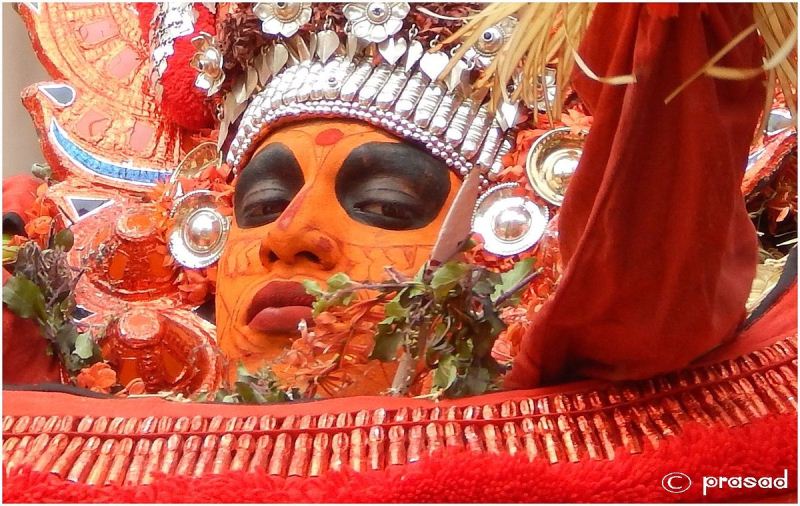
Vishnumurthy Theyyam
Each theyyam differs from others based on a few factors. Thottampaattu (song sung in background), Mukhamezhuthu (face makeup/ face painting), Thirumudi (headgear or headdress) and the costumes/makeup/colours. Vishnu Murthy, Wayanad Kulavan, Karim Chamundi, Pottan (not the same as Onapottan), Gulikan, Panchuruli, Pulloorali, Kshetra Palakan,Kathivanoor Veeran, Muchilott Bhagavati, Maakkam & kids, Aalichamundi, Balitheyyam, Khandaakarnan, Kuttichathan, Pulikandan, Manaalan, Moovaalam Kuzhichamundi, Padaveeran and Bhanravan – The list is so long.
Each theyyam binds some of their local flavours, and that’s how they differ from others. Theyyams of northern side of Chandragiri Puzha, Kumbala, Mancheswaram and Kasaragod regions show vast difference in Thottam Paattu, face makeup and figures.
Role of ladies in Theyyam
Ladies never wear kolam or perform this traditional art form. But they do the role of assistants. They often act as chorus to Thottampattu. Yet in Kaliyattam, Streekooth is present. In Kaliyattom of Pazhayangadi, Cherukunnu, Thekkumbad and Kulom Thaayakavu, Koothu is traditionally performed by women, and the right to perform is passed over to next generation. It’s also known by the names, Devakoothu or Vallikoothu.
Face makeup known as Mukhamezhuthu
To bring a distinct style in a theyyam, face makeup, costumes and headgear together play a magnificent role. In certain theyyam varieties, there is Meyyezhu (body painting) also. Time has far advanced with artificial flavours in everything as substitute. Yet Theyyam still holds traditional value, and no artificial colours are used for this purpose.
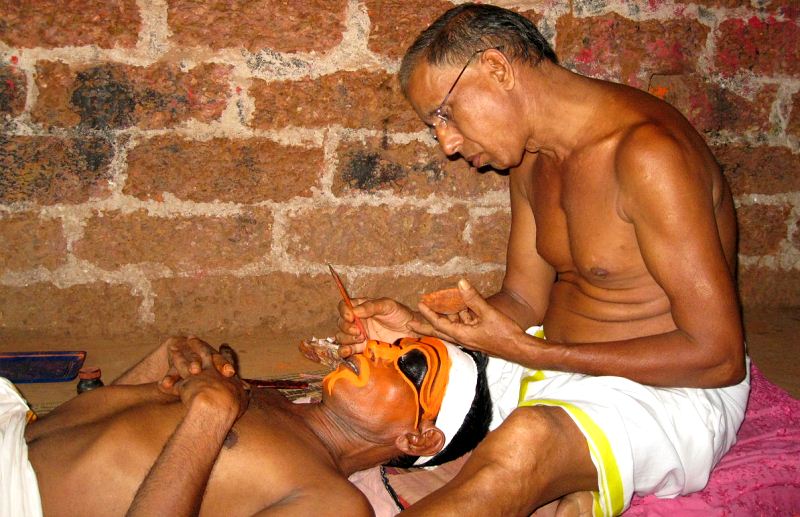
An artist doing Mukhamezhuthu
Mukhamezhuthu is an art traditionally received from forefathers, and it requires a lot of patience to create art on faces using fingers. Green midrib of coconut leaves (called Eerkkil in Malayalam) is used as paint fresh. The artists sharpen the midribs to do the makeup using yellow, green, white, red and black shades. When they complete their art work, it gives a divinity feel and charm to theyyam faces.
Rice paste for white, lamp black for black, turmeric and lime mixed together for red, leaves ground to get green colour and pure turmeric for yellow. Red is the predominant colour of most theyyams, giving a fierce look to divine faces. They never add artificial flavours to the extensive makeup.
Certain theyyams such as Galikan and Potten Theyyam use face masks. It’s made using the broad spathe of aracanut. Beautiful art work is done on such masks used for theyyam. Mukhamezhuthu (face painting) is also categorized by makeup artists into Nagomkuri, Praakkezhuthu, Koyipoov (Rooster’s Comb), Maankannezhuthu (deer eyes), Kodumpurikam Vachezhuthu (thick eye brows), Vattakkannittezhuthu (round eyes), and Naagamthaakkal.
Body makeup/painting is known as Meyyezhuthu
The artists never use artificial colours to paint performers’ body. Instead they use natural colours made from rice flour, turmeric, leaves paste and lamp black to do art on body. There are a few varieties of theyyam such as Vettakkaruman, Wayanattu Kulavan, Pulli Karinkaali and Muthappan which own Meyyezhuthu also.
Aniyalangal – Costumes and ornaments used for performance

Giving final touch to Neeliyar Bhagavathi
Theyyam figures get a divine charm for the costumes and ornaments used for decorating head and body parts. Dark red is the predominant colour of costumes, along with white shades in most theyyams. In some costumes, black is also used aside deep red shades. Costumes and ornaments used for this purpose are collectively called Aniyalangal. Thala Chamayam – Worn in head, Arachamayam – Worn on waist, Kaikkaru – worn on hands and Kaakkaru – worn on legs; ornaments worn on each body part has a distinct name.
Crown of theyyam is called Thirumudi. It’s the last step to wear thirumudi, after the artist completes the makeup and wear the costumes and ornaments. When thirumudi is placed on the head, the performer turns to theyyam, where he takes the avatar of some character related to Hindu mythology. Valiya Mudi, Pookkatti Mudi, Vattamudi and Purathattumudi are some of the crowns used for theyyam, known as Mudi in local terms. Some crowns made using bamboo or aracanut stem have good height. Figures of Kshetrapaalakan Theyyam and some Bhagavati Theyyam have heights equivalent to aracanut tree.
Certain theyyams jump into fire (equivalent to certain traditions followed in Tamil Hindu culture) and such performers wear dresses made using tender coconut leaves. There is a name given to the place where the artists do extensive makeup – Aniyara. The place will be near to the ground where Theyyam figures perform, and Aniyara is made/covered using thatched coconut leaves. Mukhamezhuthu and Uduthukettu (wearing costumes and ornaments) are done here.
Irakku Pooja or Irakki Pooja of Thiruvananthapuram district with striking elements of Theyyam
In southern parts of Kerala in Thiruvananthapuram district, mostly in the areas close to Tamil Nadu boundaries, there are special goddess temples known as Mudipura. Quite different from normal temples, idols of presiding deity is not installed. Instead Mudi (face with long hair) is worshipped. It’s quite similar to thirumudi used by theyyam artists in Malabar. Only difference is that only Mudi of goddess is made in Mudipuras, and presiding deity of Mudipura is goddess extensively, mostly in the fierce forms like Kali, Durga etc.
Similar to theyyam, there is one traditional art form of Mudipura temples known as Irakku Pooja or Irakki Pooja, as a part of annual celebrations. This ritual has striking similarities of Theyyam, with some elements of Ayyappan Vilakk performed in Thrissur district. In this ritual, certain artists take vrita for a few days before he performs the ritual. Similar to the crown of theyyam, also known as thirumudi, the performer places the Mudi of goddess of presiding deity. He will be accompanied by two more goddesses, i.e. two more performers accompanied by instrument chenda. The rest of the rituals are quite similar to Ayyappan Vilakk. When they carry ‘mudi’ to homes, there will be a separate place made in courtyard of homes, where mudis are placed. It’s made of thatched coconut leaves and banana stem, and decorated with plaited coconut leaves too, which looks similar to Aniyara, where Theyya Kolams are prepared and dressed.
A particular location is fully decorated with banana stem and leaves where artist perform. Pillars are made using banana stem. The artist with mudi on his head dances in rigour steps with the beats of drum, similar to Velichappadu carrying sword. He and his accompanies place the mudis of idols in the decorated hut before starting performing. They also offer poojas to goddess. When the rituals are completed, the main performer cuts the banana stem using his sword, spreads flowers and leaves as offering to goddess everywhere and blesses the devotees before he leaves the place. It’s quite similar to Ayyappan Vilak conducted during Mandala Kaalam, the pilgrim season of Sabarimala.
I could recollect from my childhood memories, when Irakkupooja has been conducted in my home several times. It was quite common those days, say late 1980s or early 1990s in our locality. Different types of leaves and flowers are collected in separate baskets for this purpose. For all types of leaves and flowers collected, what remains in my mind right now is – leaves of Manchadi tree collected for this purpose.
The performer along with his accompanies reach the place, and place the idols in the small hut in home courtyard, made of banana stem. Spectators will also gather around. The offerings will be placed in containers, similar to para of Thrissur district. Click here to read more about this temple ritual. The performer who carries the Mudi (idol of goddess) is believed to have divine power when he performs. He dances to the tunes of chenda, and offers whatever placed there to the goddess Mudi. He usually wears red dress (with combination of white), wears red thilak and carries a sword in hand. As time passes by, chenda rhythms turn faster, and so are the performer’s steps and mood.
He offers everything to the goddess and as the last step, he cuts the plantain stems with his sword to complete the rituals. Then he along with his group moves to the next home. The day after Irakkipooja, mostly conducted in the afternoons (in my memories), it’s a big task to clean the courtyard the next day which I still remember.
In those glorious yesterdays, Irakkipooja was frequently offered by homes to Mudipura as offering. It’s indeed a great occasion where goddess herself visits her devotees’ homes. But as time passed by, the rituals turned more expensive to be held at home, and the joint families with members who work together to arrange pooja materials have also almost diminished. Nowadays some major changes have also happened in many Mudipuras. Goddess is nowadays not visiting her devotees in her home nowadays. Instead Irakku Pooja is conducted in Mudipuras itself. Our surroundings and premises have turned so much polluted that goddess is not willing to visit our homes. This is yet another reason.
How is Theyyam performed?
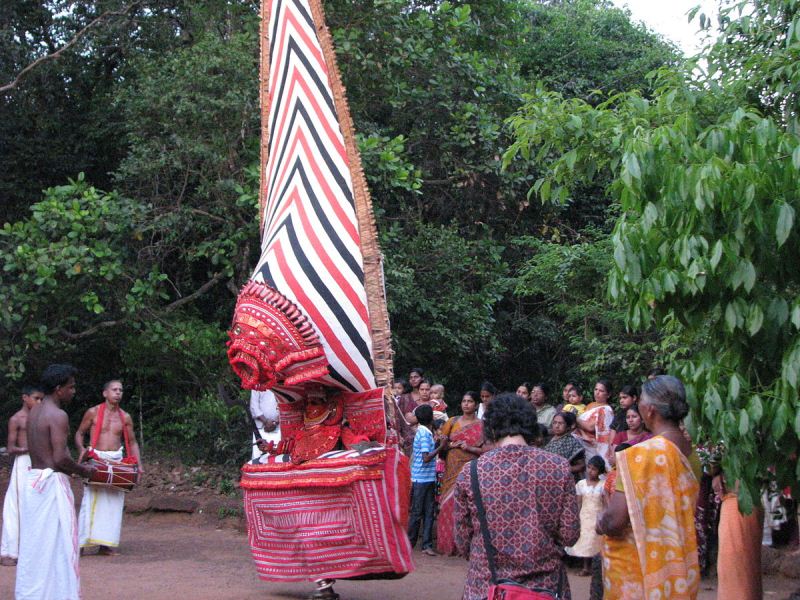
Neeliyar Bhagavati performing before the devotees
Most of the theyyams are related to Hindu customs, performed in temples or in homes with ancestor-worship. Usually no stage is used for this purpose, and deity with major significance and highest in hierarchy in the shrine will be given first preference, and he also uses extensively make up, comparing with other deities. The chief dancer who performs as central deity of the shrine has to reside in the rituals which may last to 12 to 24 hours with intervals. The performers will appear in terms of hierarchy wearing headgears and they dance with fierce steps accompanied by drummers with instrument Chenda. The performers need to fast for a few days before the event, and this traditional art form is given much divinity by devotees.
Dancers along with accompanies recites Thottam Pattu, and the theme is based on the origin of that particular theyyam, deeply linked with Hindu mythology, apart from folklore. The art form has a folk touch, and it includes many ingredients of traditional and cultural Kerala.
Note: All images have been taken from Wikipedia.


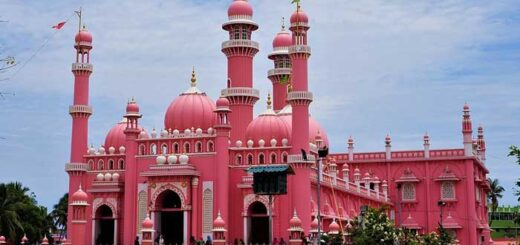

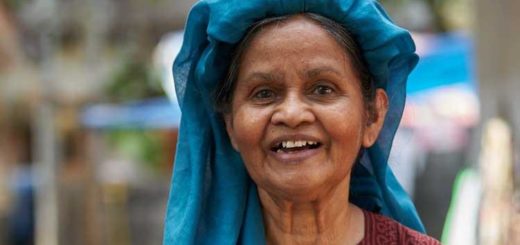

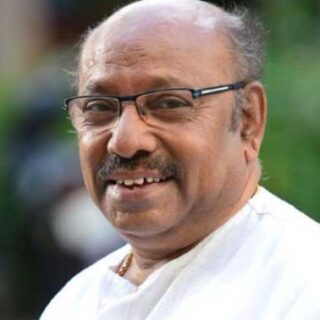
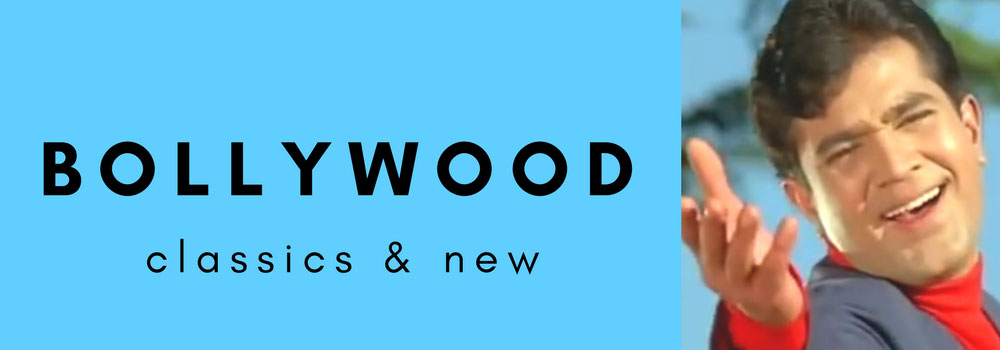
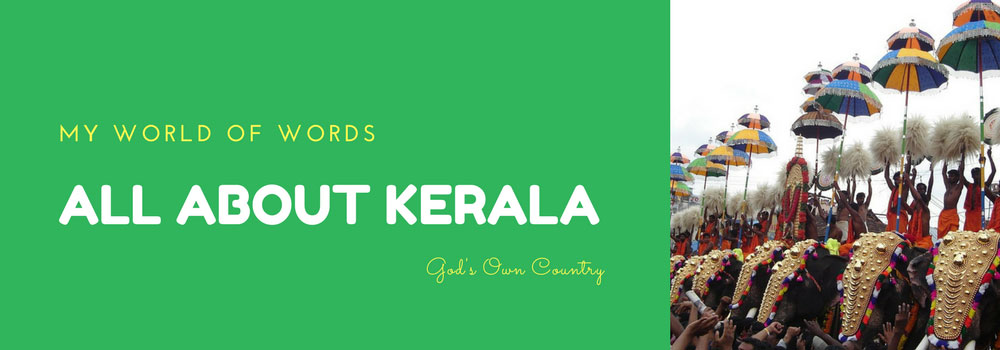
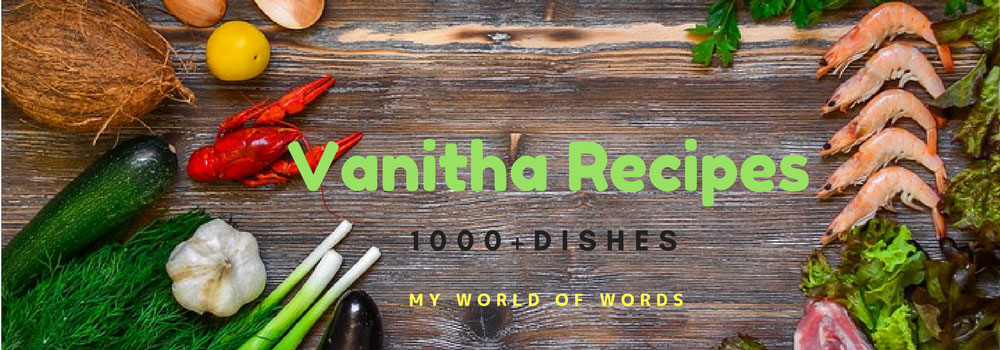
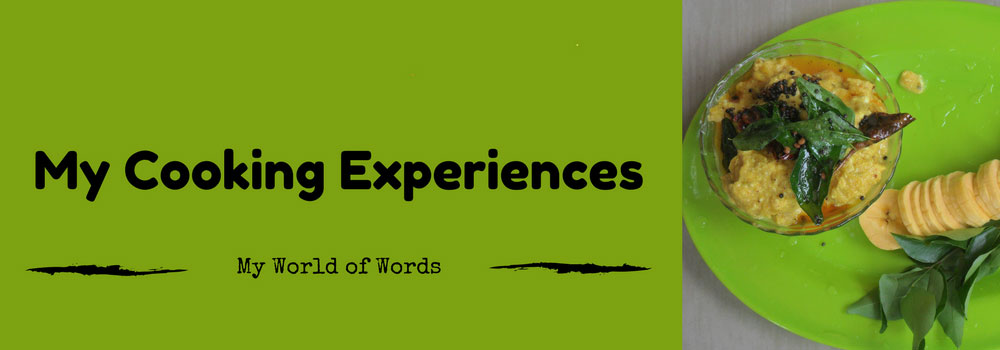


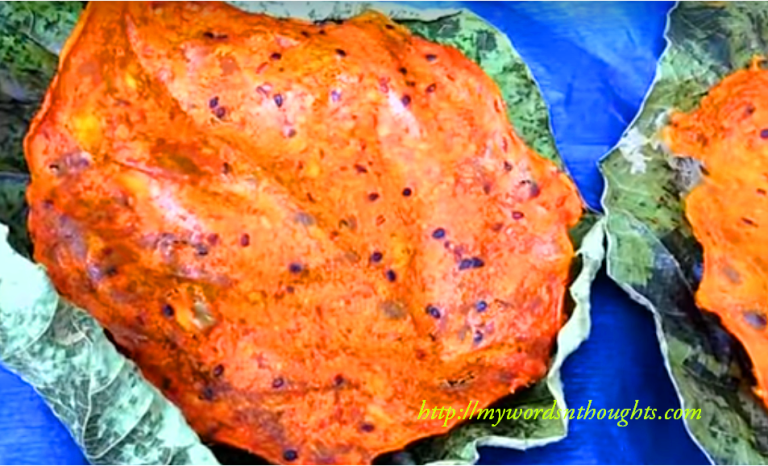
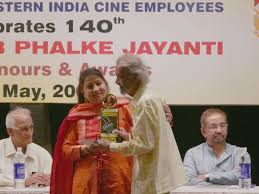
Recent Comments